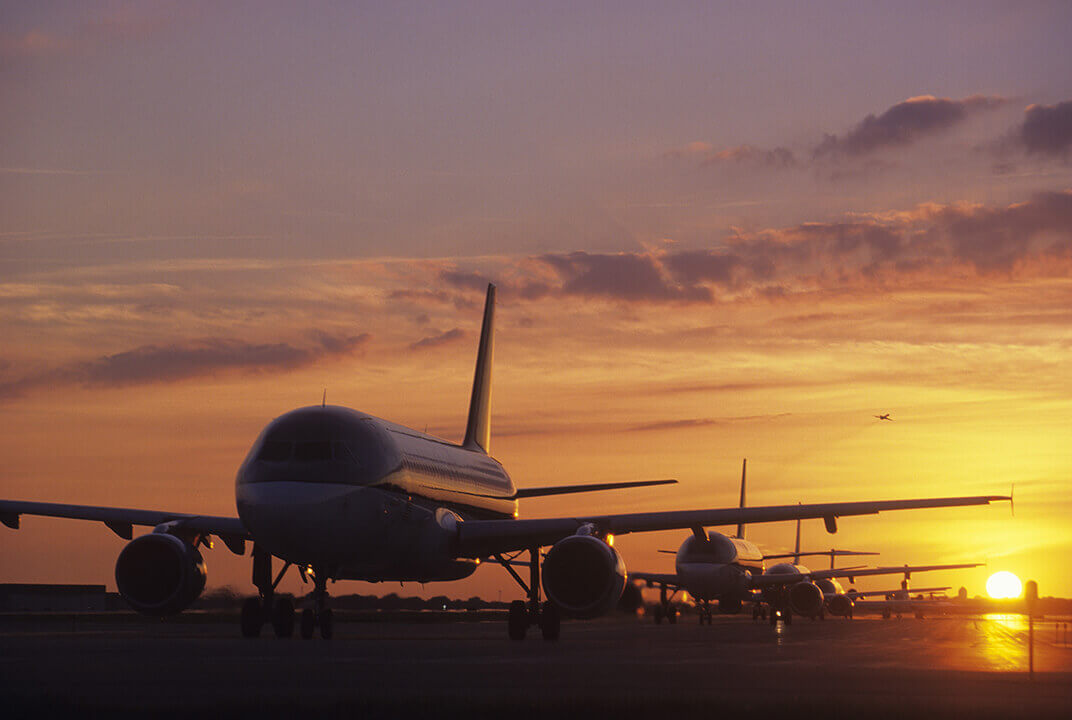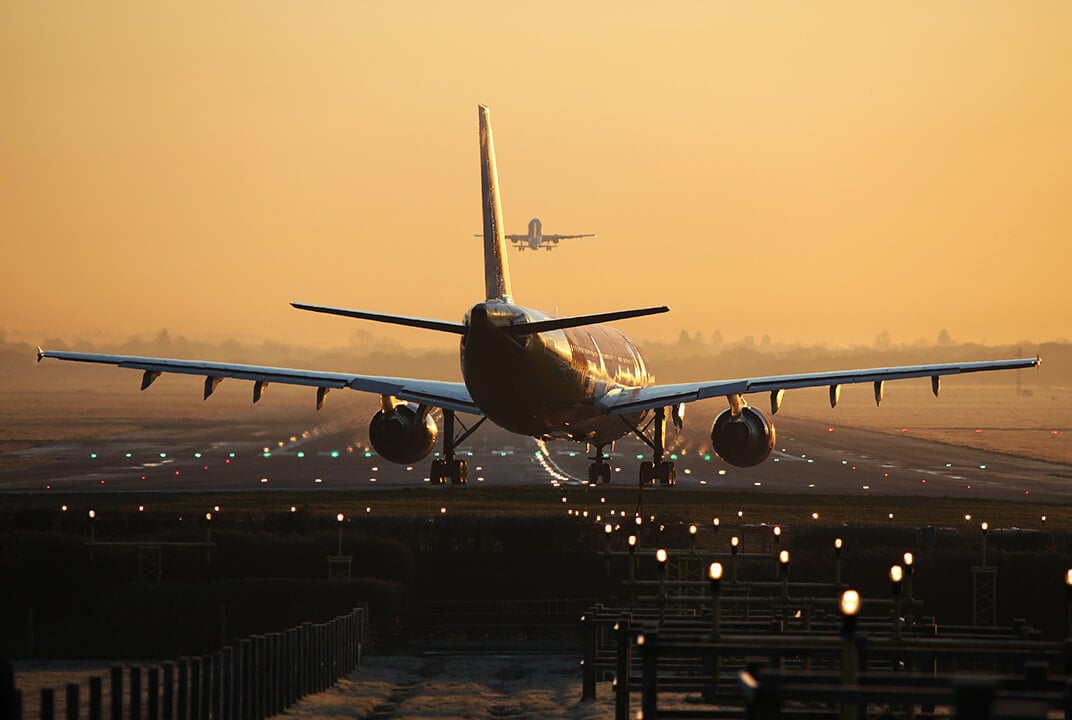Insight | The Black Box In The Cloud
The Black Box In The Cloud
Aviation
Aviation is set to get even safer, and it’s all down to data.
When most people think of in-flight broadband, they imagine passengers streaming movies, sending email or catching up on social media. But broadband is bringing huge changes to the cockpit too – and these will have an enormous effect on aviation safety.
Today, most planes flying oceanic routes use an old-fashioned narrowband satellite connection for communications and surveillance, while regional flights still rely on ground-based radio and radar. This makes for two major drawbacks: it limits how often an aircraft can report its position, and it massively restricts the amount of data an aircraft can send to the ground while flying. Inmarsat Aviation’s VP of Safety and Operational Services, Captain Mary McMillan, likens current systems to the rotary telephone – they’re functional, but they use old technology.
Inmarsat’s SB-S (SwiftBroadband-Safety) changes all this.
Real-time problem solving
SB-S is the first and only global, secure, IP connection for operations and safety communications, delivering incomparable amounts of protected data everywhere airlines fly. It’s is a strategic asset that unlocks a new world of digital transformation, delivering game-changing visibility into global airline operations. SB-S will enable global flight tracking, fuel and CO2 savings, increased capacity, better asset utilisation, and enhanced security.
A stable broadband connection means that planes can transmit their position much more regularly and accurately. “What the world would like to do is address the vulnerability of not having continuous awareness around the location and status of the aircraft,” says Captain McMillan.
With the capability of global flight tracking, SB-S tells a plane’s location at all times during flight, allowing airlines to benefit from near real-time reporting of aircraft latitude, longitude, altitude, true heading, and groundspeed. Paired with rapid notification of distress conditions to airlines and rescue coordination authorities, a narrowed search radius will provide far greater assurance of quickly locating a missing plane.
Download the white paper
"Flight tracking tells us where the flight is, flight data streaming tells what's happening."
A much higher data throughput capacity into the cockpit will have great benefits too, centred around the aircraft’s ‘black box.’ Officially termed Flight Data Recorders or Cockpit Voice Recorders, these are bulky, ultra-robust data recorders that tap into the aircraft’s systems to record everything from its vital signs to cockpit conversations. “In the event of a catastrophic event, the information they record is used by investigators,” explains Captain McMillan.
The trouble with black boxes is that they’re physically attached to the aircraft – so if a plane is lost, you have no access to the data. SB-S will put an end to this problem with its Black Box In The Cloud solution. “Our concept is to take this data and stream it off the aircraft to the cloud,” says Captain McMillan.
SB-S can stream vital information at all times. Typically an aircraft reports its position every 15 minutes, but should the plane behave abnormally, such as veer off course or ascend or descend too rapidly, the system automatically switches to real-time reporting and, if necessary, all the critical data from the black box is instantly streamed to the ground. This capability of SB-S meets the requirements of ICAO’s Global Aeronautical Distress Safety System (GADSS) concept of operations, a flight tracking mandate aimed at preventing the loss of aircraft.
“Flight tracking tells us where the flight is, flight data streaming tells what's happening,” said Captain McMillan, “and SB-S does it all.”
The advantages don’t stop with better position tracking and instant black box streaming. Because data will be available on the ground in real time, it may be possible to avert some problems altogether. Minor issues can be dealt with before they become major and, when a plane first starts exhibiting signs of distress, experts can be convened to suggest the best course of action, or even potentially intervene in a developing security situation. Finally, better position tracking means that more aircraft can fly in the same space in the sky – an essential capacity boost for airlines given our increasingly busy airspace.
SB-S is the only system of its kind and, like Inmarsat’s Classic Aero before it, the industry gold standard. It covers all the major global air routes and its availability is 99.9% – the best on the market. Manufacturers such as Airbus already selected SB-S as a preferred line-fit the A320 and A330 families of aircraft. With new rules regarding increased frequency of flight tracking being discussed by regulators, the case for a better connected aircraft is stronger than ever.


